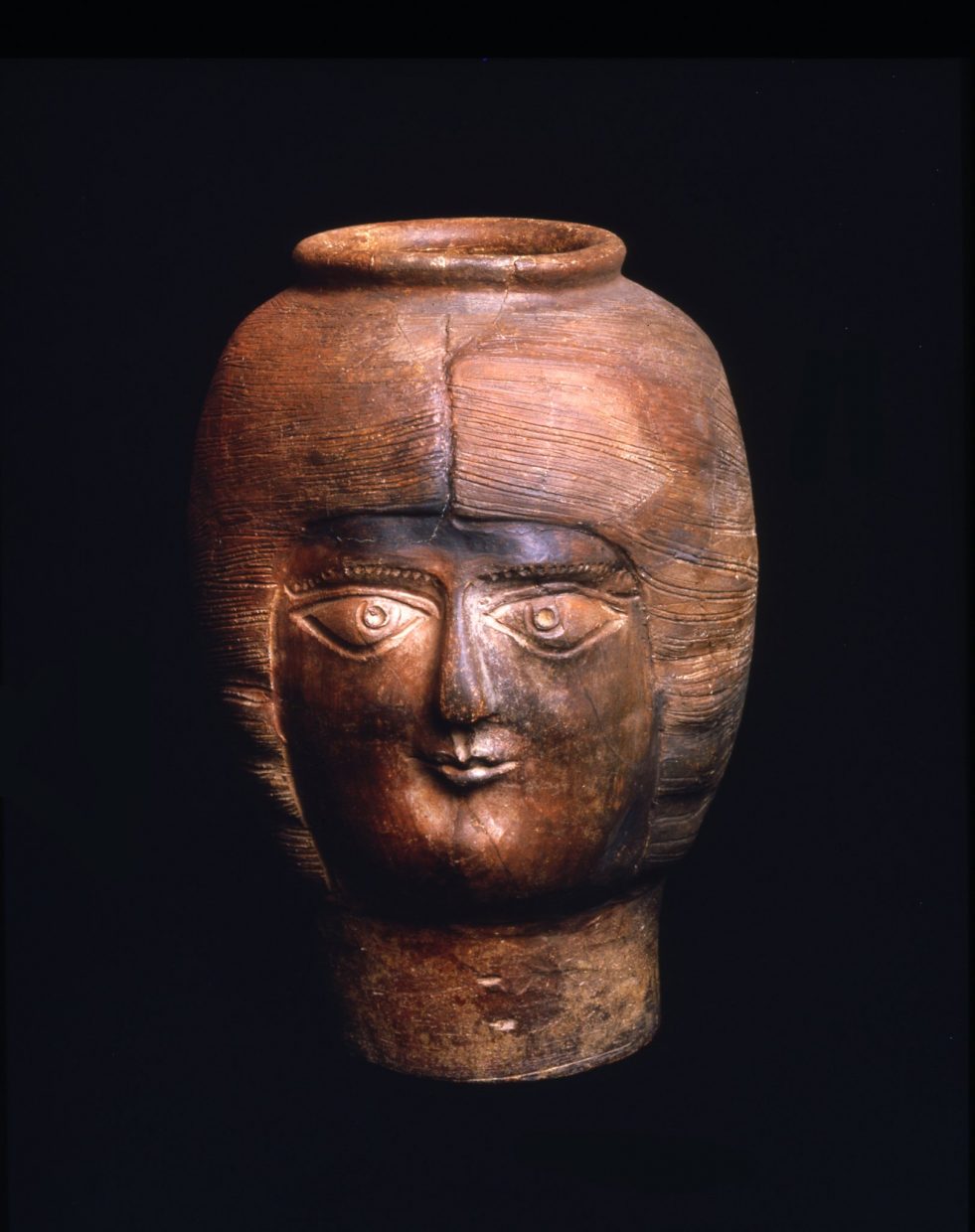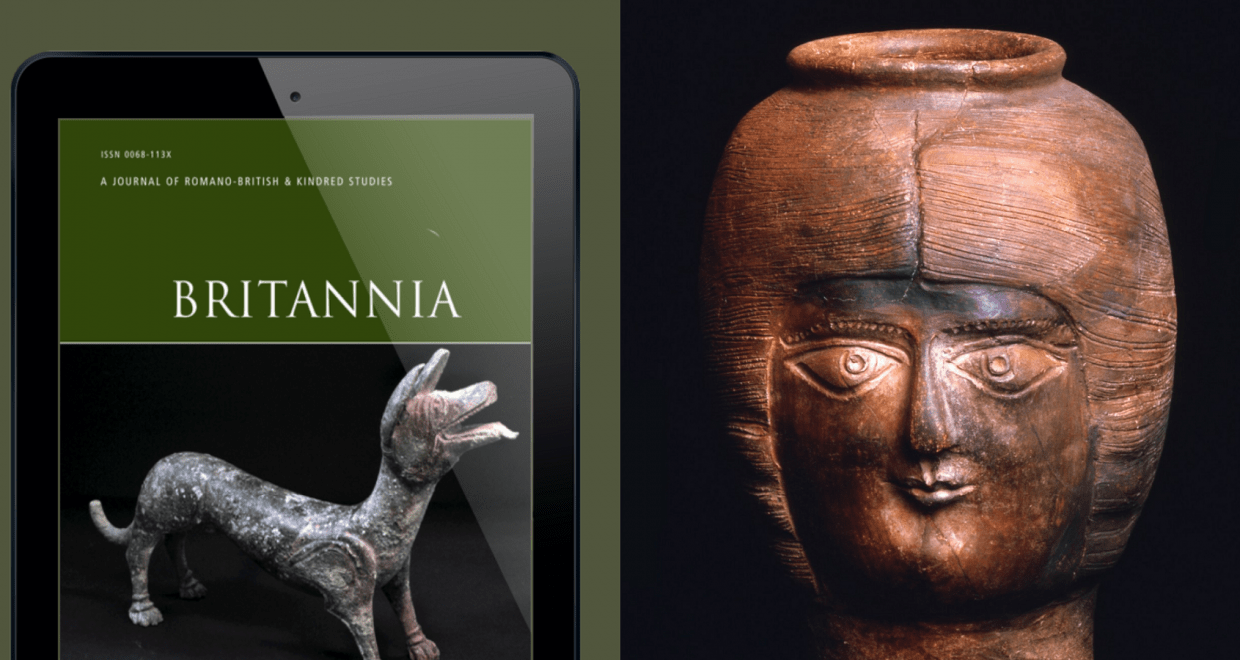Pots and cultural diversity in the Roman north – the case of Severan York
Questions on the extent of multiculturalism in Britain’s (Roman) past have never been more relevant. Thanks to the evidence of inscriptions and the recent scientific analysis of human skeletal remains we know that Romano-British cities were home to significant minorities of people with foreign origins from across the Roman empire and beyond, but what can the more everyday evidence of pottery tell us? New research by Martin Pitts, Associate Professor of Roman Archaeology at the University of Exeter, re-examines the exceptional and debated finds of ‘African-style’ casserole pots made in Roman York.
The pots in question were made in York (Eboracum) at the start of the third century AD (c. 200 – 225), and are strikingly different from other pottery in Roman Britain and the north-west provinces at the time. The pottery was linked to N. African influences following work on excavated finds from the 1970s by York Archaeological Trust, but it was pottery specialist Vivien Swan that first argued that it was ‘made by Africans for the use of Africans’. However, despite becoming a prominent archaeological case-study of the influence of long-distance human mobility in Roman Britain, the significance of the material is debated. For example, how do we know the design inspiration was brought to Britain by N. African migrants? Who used these distinctive pots, and for what purpose?
Pitts’ research (published recently via FirstView in Cambridge journal Britannia) reassesses the cultural influences, production waste, supply, consumption patterns, and contextual finds associations of this historically significant pottery repertoire. The results shed new light on the manufacture and use of late Ebor ware in Roman York. For example, fresh typological examination of the pottery strongly supports a direct link with African Proconsularis (modern Tunisia), probably in the guise of N. African soldier-potters travelling to York as part of its new military garrison for the northern campaigns of the emperor Septimius Severus.
Severus, who was N. African by birth, used York as a base in AD 208, bringing his wife and sons in tow, before his death in the city in 211. ‘Face-pots’ also made in York at the time were even produced in the likeness of Severus’ Syrian wife Julia Domna (pictured) and his son Caracalla. Finds of distinctive N. African-style casseroles, however, were strongly confined to the military-controlled parts of the city. Here, the pottery (often sooted) was most often found with other eating wares, high-quality glass and fineware drinking vessels, oil lamps and gaming counters. These groups of objects are suggestive of communal eating, drinking and recreation by members of the military community.
While we cannot tell who exactly used the pots, it is likely they functioned as a kind of ‘barracks ware’ by soldiers and other people from a variety of cultural and geographical backgrounds on the Severan campaign (not only N. Africans), with a casserole over heat likely serving as a focal point for socialising and sharing food, encouraging regimental esprit de corps at a time when the garrison was undergoing considerable upheaval.

Martin Pitts is Associate Professor in Roman Archaeology at the University of Exeter. His article York’s ‘African-style’ Severan Pottery Reconsidered is free to access until the end of May 2021.






